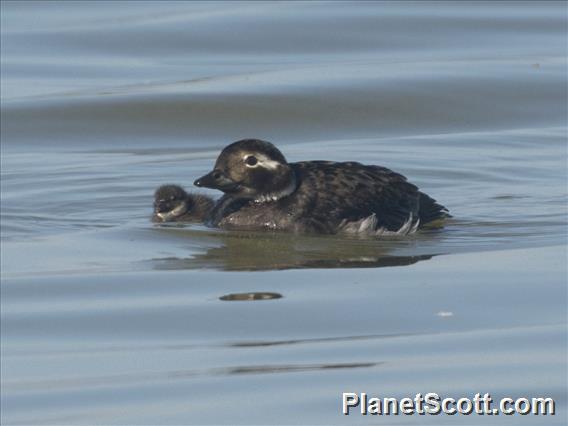Long-tailed Duck (Clangula hyemalis)

Long-tailed Duck (Clangula hyemalis)
×


Long-tailed Duck (Clangula hyemalis)
About Long-tailed Duck (Clangula hyemalis)
- Kingdom: Animals
- Phylum: Chordates
- Class: Birds
- Order: Anseriformes
- Family: Swans, Geese, and Ducks
The long-tailed duck is a medium-sized sea duck that breeds in the tundra and taiga regions of the arctic and winters along the northern coastlines of the Atlantic and Pacific Oceans. It is the only member of the genus Clangula.
Source: Wikipedia
Visits
-
2008-03-04
Walker Lake, United States of AmericaThe duck was quite far away, and I could be wrong about the ID. -
2010-05-29
Saint George Island, United States of America -
2012-08-12
Coyote Point County Park--harbor and marsh, United States of America -
2014-07-16
Nome, United States of America -
2014-07-17
Nome--Safety Sound, United States of America -
2014-07-18
Nome-Kougarok Road, United States of America -
-
-
-
-
-
-





